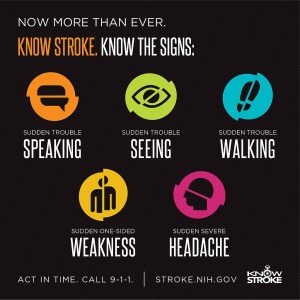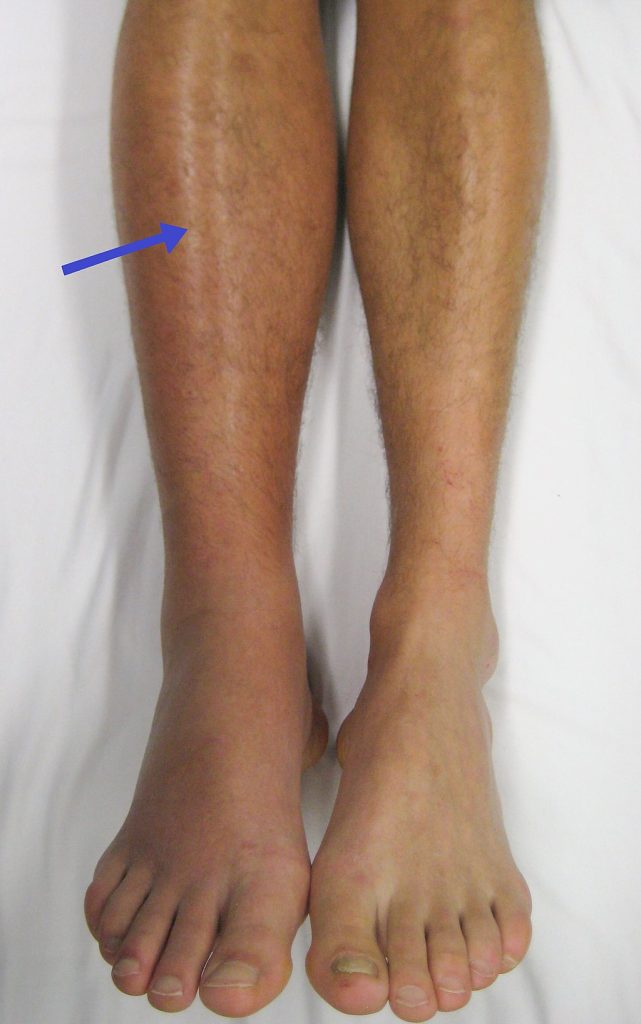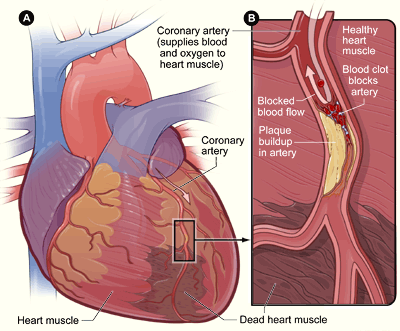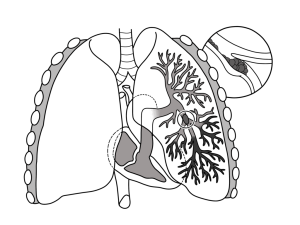7.3 Hematological Pathologies
There are a number of pathologies that can affect the hematological system; the more common ones will be discussed below. Many of these pathologies can be treated with medications that will be discussed later in this chapter.
Common Pathologies
Anemia: This is a deficiency in the number of red blood cells (RBCs) or hemoglobin. There are more than 400 types of anemia, but the condition can be broken down into three major groups: anemia caused by blood loss, anemia caused by faulty or decreased red blood cell production, and anemia caused by excessive destruction of red blood cells. The signs and symptoms of anemia include fatigue, lethargy, and an increased risk for infection. The resulting oxygen deficit in the brain impairs the patient’s ability to think clearly and may prompt headaches and irritability. The patient may also become short of breath because of lack of oxygen, and the heart and lungs must work harder in response to the deficit.
Key Concept
The following is a list of some common types of anemia:
- Aplastic anemia: A condition in which the body does not produce enough red blood cells
- Thalassemia: An inherited disorder in which the body does not produce enough hemoglobin
- Sickle cell anemia: An inherited disorder in which the red blood cells are crescent-shaped rather than round
- Vitamin deficiency anemia or pernicious anemia: A condition in which the body lacks vitamin B12, which is required to produce red blood cells
- Iron-deficiency anemia: A condition in which the body lacks iron, which is carried on the red blood cells and allows the red blood cells to carry oxygen
- Hemolytic anemia: A condition that can either be inherited or develop later in life and is caused by the body destroying red blood cells faster than they can be produced
(Mayo Clinic, 2022)
Cerebrovascular accident (CVA): This pathology is often referred to as a stroke and results from loss of blood flow to part of the brain; it can result in irreversible damage if not treated right away. There are two types of cerebrovascular accidents: ischemic and hemorrhagic. Ischemic strokes are caused by atherosclerosis or a blood clot (embolus) that blocks the flow of blood to the brain. Hemorrhagic strokes are caused by a blood vessel that ruptures and then hemorrhages into the brain. Fig. 7.4 provides a list of some of the more common symptoms of a cerebrovascular accident.

Deep vein thrombosis (DVT): This condition can occur when blood in the veins, typically in the legs, remains stationary for long periods, such as during and after surgery. The patient develops a blood clot, often within the calf, which presents with swelling, redness, and pain in the area. The blood clot can then break off and become an embolus, which can then travel throughout the body and cause such conditions as a pulmonary embolus or ischemic stroke. Fig. 7.5 below shows a patient who has a DVT with redness and swelling of the affected limb.

Hemophilia: In this inherited bleeding disorder, the patient is prone to hemorrhage because of a lack of clotting factors. There are differing levels of severity depending on the level of blood clotting factors that the patient has in their blood (UCLA Health, 2022).
Myocardial infarction (MI): This condition was discussed in the prior chapter and is important for this system because it is often caused by an embolus. As a refresher, an MI results from lack of blood flow and oxygen to a part of the heart, which can then result in the death of cardiac muscle cells. Figure 7.6 is an illustration of how a myocardial infarction can occur and the resulting death of cardiac muscle.

Pulmonary embolus (PE): This occurs when a blood clot, often within the calf, breaks off and becomes an embolus that then travels to the lungs. This is a medical emergency in which the patient becomes immediately short of breath and can result in death if not treated. Fig. 7.7 shows an example of where an embolus may become lodged and prevent circulation to the area distal to that location.

Thrombocytopenia: This condition results from an insufficient number of platelets. Because of this, the blood may not clot properly, resulting in excessive bleeding (Betts et al., 2013).
Thrombocytosis: This disorder occurs when the patient has too many platelets, which may trigger the formation of unwanted blood clots and can be potentially fatal (Betts et al., 2013).
Transient ischemia attack (TIA): A patient may experience a TIA if an embolus moves to the brain. The embolus interrupts blood flow, sometimes for just a few seconds, resulting in loss of consciousness or temporary loss of neurological function. The difference between a TIA and a CVA is that the symptoms of a TIA only last for a short period of time and would likely resolve on their own.
Attribution
Unless otherwise indicated, material on this page has been adapted from the following resource:
Ernstmeyer, K., & Christman, E. (Eds.). (2020). Nursing pharmacology. Chippewa Valley Technical College. https://wtcs.pressbooks.pub/pharmacology/ licensed under CC BY 4.0
References
Betts, J. G., Young, K. A., Wise, J. A., Johnson, E., Poe, B., Kruse, D. H., Korol, O., Johnson, J. E., Womble, M., & DeSaix, P. (2013). Anatomy and physiology. OpenStax. https://openstax.org/details/books/anatomy-and-physiology licensed under CC BY 4.0
Mayo Clinic. (2022). Anemia. https://www.mayoclinic.org/diseases-conditions/anemia/symptoms-causes/syc-20351360
UCLA Health. (2022). Hemophilia. https://healthinfo.uclahealth.org/Library/DiseasesConditions/Pediatric/Blood/90,P02313
Image Credits (images are listed in order of appearance)
Signs_of_Stroke (49948546186) by NIH Image Gallery, Public domain
Deep_vein_thrombosis_of_the_right_leg by James Heilman, CC BY-SA 3.0
Heart_attack-NIH by NIH: National Heart, Lung and Blood Institute, Public domain
Pulmonary-embolism by Baedr-9439, CC0 1.0

